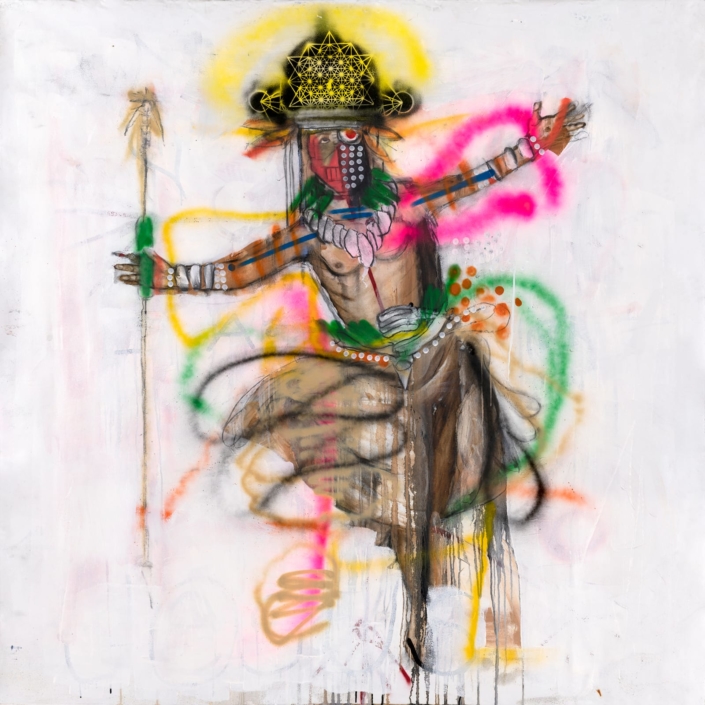AMERICAN, 1977
A California born, Contemporary Artist changing the way art is perceived. Through passion, honesty, and a willingness to share his work, Louis is one of today’s most influential and innovative contemporary artists. After being incarcerated in federal prison for drug related crimes, Louis found peace while illustrating his artistic road map through a cleansing of his soul and mind. That experience led to him overcoming addiction and immersing himself in art.
With a colorful past to draw on, his work is not merely modern art or street art but modernism told in a voice that drips onto the canvas … Or the wall … Or a jet. Having been commissioned by some of the most recognized venues throughout the United States including the SoHo House, Viper Room, to painting the Stanley Cup for the Championship team, the Chicago Blackhawks to raise money for Autism Speaks, his creations are immediately recognizable. Every stroke of the brush or the spray of the can has a story to tell. Louis’ work depicts a poetry seldom seen with an emphasis on creating pieces with meaning.
Recently commissioned to paint a private 12-seater jet in collaboration with Landmark Aviation for the famed Art Basel, Louis is continually reinforcing the essential power of art. His working studio in Los Angeles, The Drip Factory, is the quintessential landscape for Louis’ creations. Whether on a concrete wall somewhere in Los Angeles or the interior of a boutique hotel, Louis Carreon is an Artist that will continue to inspire.










